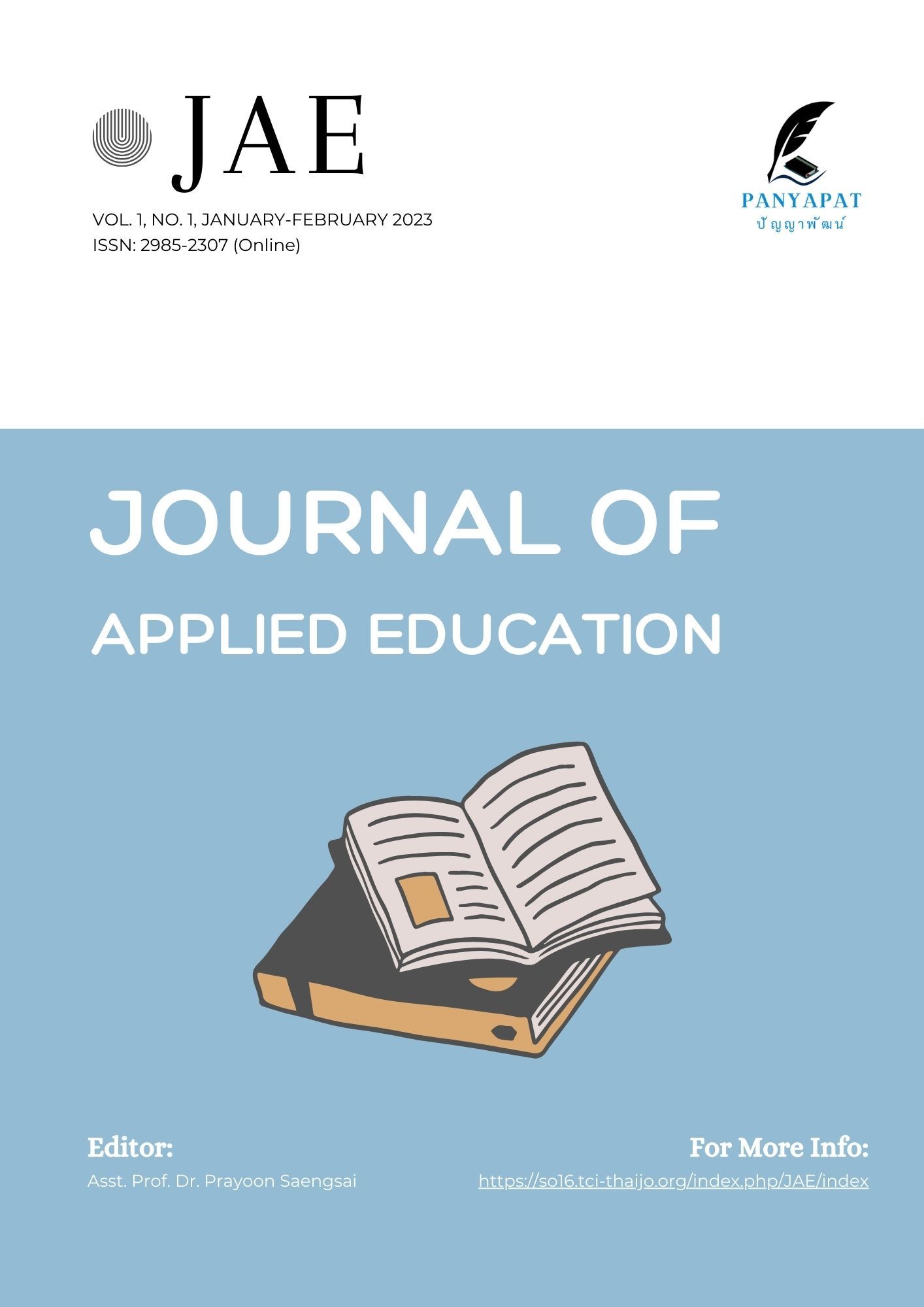An Analytical of Enlightened Mind in Theravāda Buddhism
Main Article Content
Abstract
This article aimed to analyze the enlightened mind in Theravāda Buddhism. This qualitative study employed the documentary research methodology. The data were collected from Pāli Tripiṭaka, Theravāda Buddhist scriptures, commentaries (the Atthakathā), Buddhist academic papers and related research. The results of this research were presented in a form of the descriptive analysis. The results of this study were as follows: The starting point of the concept of the enlightened mind in Theravāda Buddhism that is the faithful mind wishing to obtain the insight of enlightenment (Pāli: bodhiñāṇa), is motive in comprehension to stimulant seeing such as true friends, which there are the Fully Enlightened One (Pāli: sammāsambuddha), Individually Enlightened One (Pāli: paccekabuddha), and a disciple of the Buddha (Pāli: sāvakabuddha) etc., afterwards has collected virtues to be marvel and perfections of virtues such as charity, morality etc. to develop mind to achieve the Enlightened Mind purely. The components of the enlightened mind that is knowing and seeing (Pāli: ñāṇa-dassana), is intuitive insight in the Noble Path (Pāli: maggañāṇa), there are wisdom, wisdom faculty, power of wisdom, truth investigation of enlightenment, wisdom of investigation (Pāli: vīmaṁsā), wisdoms of insight (Pāli: vipassanā), and right understanding which are natural knowledge of enlightened wisdom in Bodhipakkhiya-dhamma, the thirty-seven dhammas, to extinguish mental intoxicants. There are three kinds of ‘the purely enlightened mind’: 1) Sammāsambuddhacitta is the mind of the Fully Enlightened One (the Buddha), 2) Paccekabuddhacitta is the mind of the Individually Enlightened One, and 3) Sāvakabuddhacitta is the mind of the disciple of the Buddha.
Article Details

This work is licensed under a Creative Commons Attribution-NonCommercial-NoDerivatives 4.0 International License.
References
พยุง พุ่งพวง. (2555). ศึกษาปัญญาเจตสิกกับการพัฒนาสัมปชัญญะในการปฏิบัติวิปัสสนาภาวนา. (พุทธศาสตรมหาบัณฑิต, มหาวิทยาลัยมหาจุฬาลงกรณราชวิทยาลัย).
พระธรรมโกศาจารย์ (พุทธทาส อินฺทปญฺโญ). (2554). วิปัสสนาระบบลัดสั้น. (พิมพ์ครั้งที่ 5). กรุงเทพฯ: สุขภาพใจ.
พระพรหมคุณาภรณ์ (ป.อ. ปยุตฺโต). (2549). วิธีคิดตามหลักพุทธธรรม. (พิมพ์ครั้งที่ 9). กรุงเทพฯ: ศยาม.
พระพรหมคุณาภรณ์ (ป.อ. ปยุตฺโต). (2551). พจนานุกรมฉบับประมวลธรรม. (พิมพ์ครั้งที่ 16). กรุงเทพฯ: บริษัท เอส.อาร์.พริ้นติ้ง แมส โปรดักส์ จำกัด.
พระโพธิญาณเถร (ชา สุภทฺโท). (2553). จิตนี้คืออะไร. (พิมพ์ครั้งที่ 3). กรุงเทพฯ: คิว พริ้นท์ แมเนจเม้น จำกัด.
พระมหานรินทร์ ฐานุตฺตโร. (2536). การศึกษาวิเคราะห์นิพพานในพระพุทธศาสนาเถรวาท. (พุทธศาสตรมหาบัณฑิต, มหาวิทยาลัยมหาจุฬาลงกรณราชวิทยาลัย).
พระราชวรมุนี (ประยูร ธมฺมจิตฺโต). (2552). วิธีบูรณาการพระพุทธศาสนากับศาสตร์สมัยใหม่. (พิมพ์ครั้งที่ 4). กรุงเทพฯ: หจก.ไทยรายวันการพิมพ์.
มหาวิทยาลัยมหาจุฬาลงกรณราชวิทยาลัย. (2539). พระไตรปิฎกฉบับภาษาไทย. กรุงเทพฯ: โรงพิมพ์มหาจุฬาลงกรณราชวิทยาลัย.

